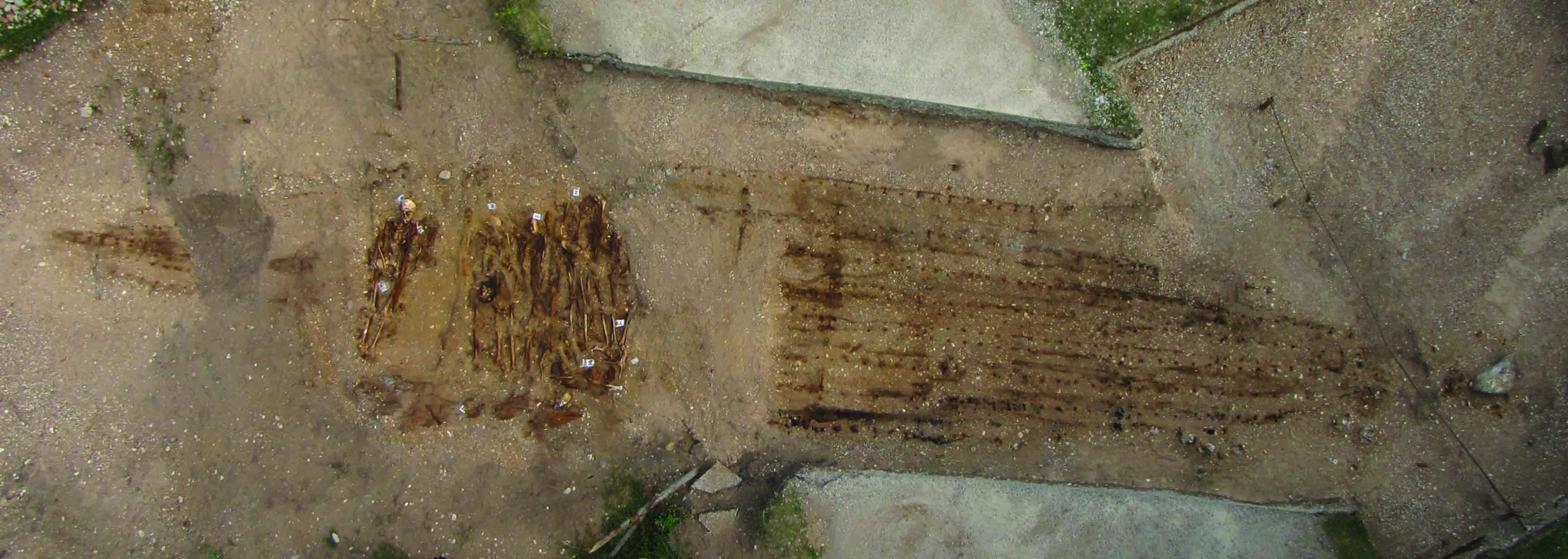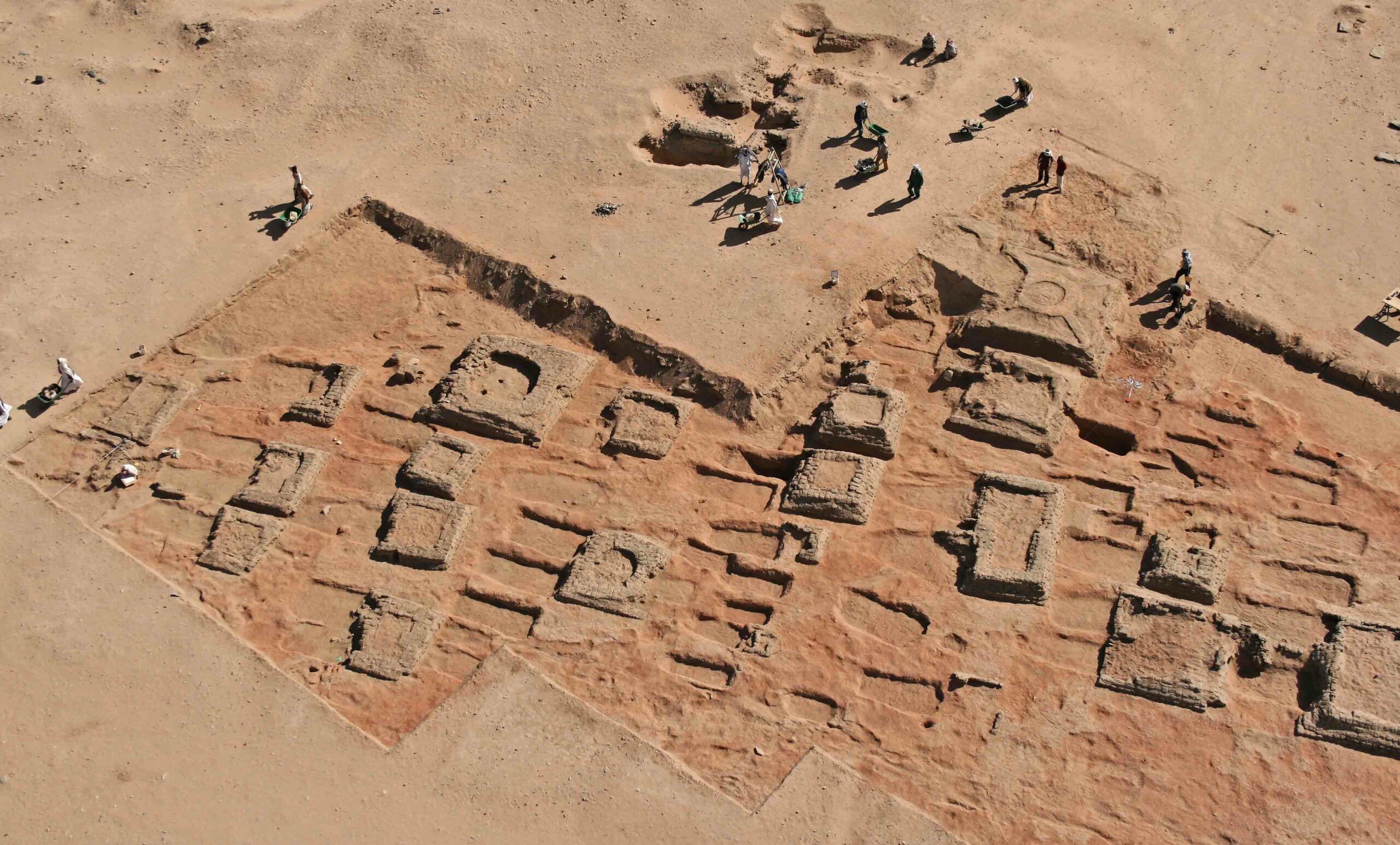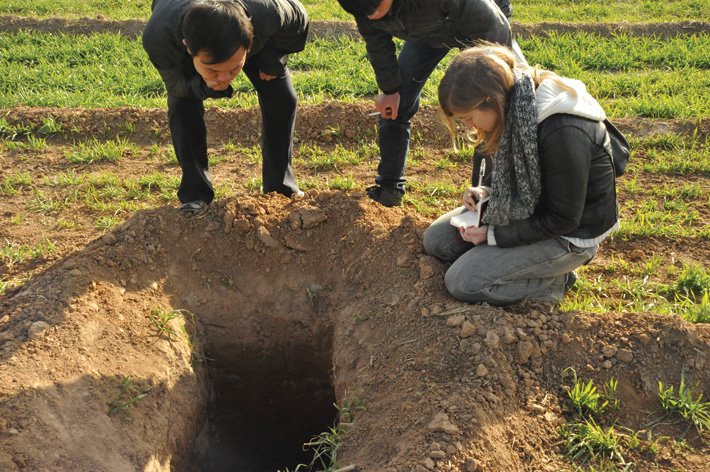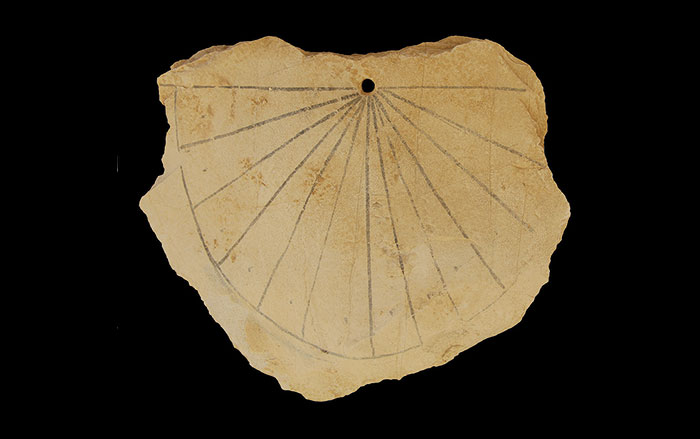
JAPAN

JAPAN: An international team of researchers has identified the earliest known direct evidence for the use of pottery in food preparation. Pottery first emerged among hunter-gatherers in Asia up to 20,000 years ago, but little is known about how it was used. The scientists examined the charred residue on 12,000- to 15,000-year-old Jomon ceramic vessels—101 from 13 sites—and found that they were used to process and cook fish or other aquatic foods. It is not clear yet whether this use was common or reserved for ceremonies. —Samir S. Patel
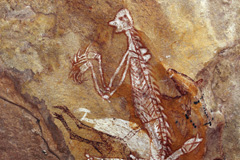
AUSTRALIA

AUSTRALIA: The rock art at Djulirri (“Reading the Rocks,” January/February 2011) is like a library of 15,000 years of Aboriginal history, depicting everything from long-extinct mammals to modern steamships. But there are concerns about its future now that mining companies have discovered uranium nearby (in addition to bauxite deposits previously identified). Experts worry that road dust, visitors to the remote site, and industrial operations could damage known rock art galleries—and completely destroy any number of sites as yet undocumented. —Samir S. Patel

CHINA

CHINA: A skull fragment more than 100,000 years old displays the signs of a rare congenital birth defect called an enlarged parietal foramen. The bones, excavated in northern China in the 1970s, suggest that the individual also had neurological deficiencies. Combined with other rare genetic conditions that have been observed in early human fossils from this period, the researchers theorize that inbreeding, which can result in a greater incidence of such defects, may have been used as a survival strategy for certain isolated small populations. —Samir S. Patel

INDONESIA

INDONESIA: Early excavations of a site called Harimau (Tiger) Cave on the island of Sumatra are providing rare insight into the lives of the country’s first farmers 3,000 years ago. The finds in the limestone shelter include the earliest known rock art in Sumatra (as well as fragments of ochre that may have been used to paint it), remnants of tool and jewelry manufacture, and 66 sets of human remains. Researchers are still trying to determine whether the caves served as habitation sites, workshops, cemeteries—or all of the above. —Samir S. Patel
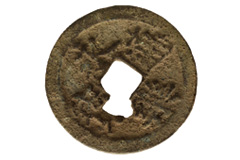
KENYA

KENYA: A 600-year-old Chinese coin found on the island of Manda illustrates the reach of Chinese explorers—including the legendary Admiral Zheng He—before the European age of exploration. The recently unearthed Ming Dynasty coin is called a “Yongle Tongbao,” for Zhu Di, the Yongle Emperor, who also started construction of Beijing’s Forbidden City. The great age of Chinese seafaring ended with the emperor’s death in 1424, as succeeding Chinese leaders shut down international trade and exploration. —Samir S. Patel
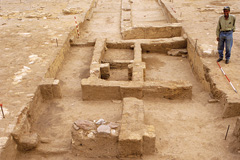
EGYPT

EGYPT: It took an impressive workforce to build the pyramids. Equally impressive was the task of feeding, housing, and, eventually, burying the workers. Excavations south of the Sphinx have revealed the remains of a “worker’s town” for the people who built the pyramid of the pharaoh Menkaure, including a barracks, corral, and craft-making areas. Based on various sources of data, researchers estimate that more than 4,000 pounds of meat were used to feed the workers each day—a diet that might have helped attract labor. —Samir S. Patel
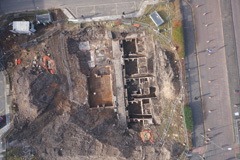
ENGLAND

ENGLAND: Marxist political theorist and author Friedrich Engels spent two formative years (1842–44) in Manchester, where the deplorable conditions he observed inspired him to write The Condition of the Working Class in England. While there, he joined the German-founded Alpert Club. During construction of the new, high-tech National Graphene Institute, remnants of the private social club’s cellar and foundations were uncovered, alongside the remains of a row of worker’s houses and Potter’s Turkish Baths, just the second public Turkish baths opened in England since the Roman period. —Samir S. Patel
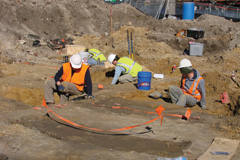
SOUTH CAROLINA

SOUTH CAROLINA: Renovation at the Gaillard Auditorium in Charleston has sent city officials and historians scrambling to understand what they have found. Construction workers stumbled across two graves, and archaeologists were quickly called in. They found a third and a fourth, and then nearly 30 in a single day. There were 37 in all, evenly spaced in four tidy rows, indicating a graveyard from the city’s colonial period—one for which there are, even after extensive searches, no known records. —Samir S. Patel

PERU

PERU: El Niño, the recurring climatic phenomenon in which a band of warm, nutrient-poor water develops off the South American coast, has profound impacts. A study of clamshells, which reflect the ocean environment in which they grew, shows that between the 6th and 16th centuries A.D., El Niño had a strong negative impact on marine productivity. The Moche people relied on these marine resources, as well as on agriculture, which would have suffered from El Niño–related droughts and floods. This destabilization of the food supply may have contributed to the society’s dissolution around A.D. 800. —Samir S. Patel
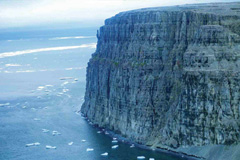
CANADA

CANADA: No trace has ever been found of HMS Erebus and Terror, the ships of John Franklin’s 1845 expedition to find the Northwest Passage. But graves and bones have been found, leading to several theories about the expedition’s failure. One states that the solder on food tins caused crippling lead poisoning. A new study of the bones, however, shows that while the men did have elevated lead concentrations, its distribution was more consistent with a lifetime of ingestion—with no massive increase at the end. —Samir S. Patel








